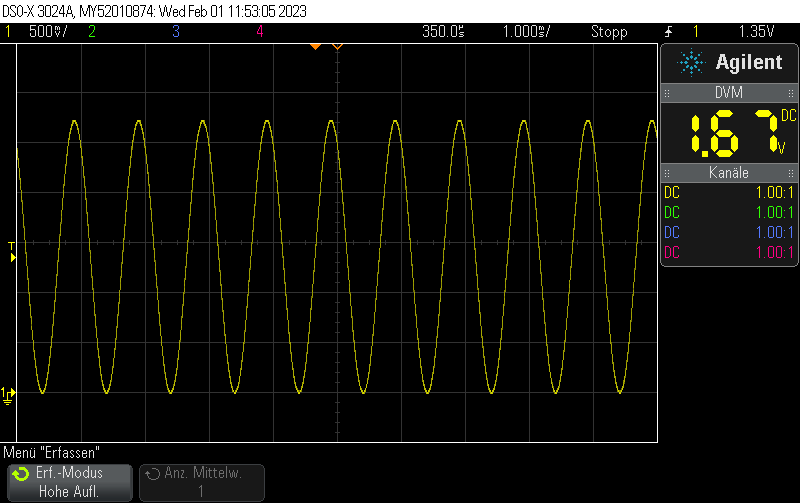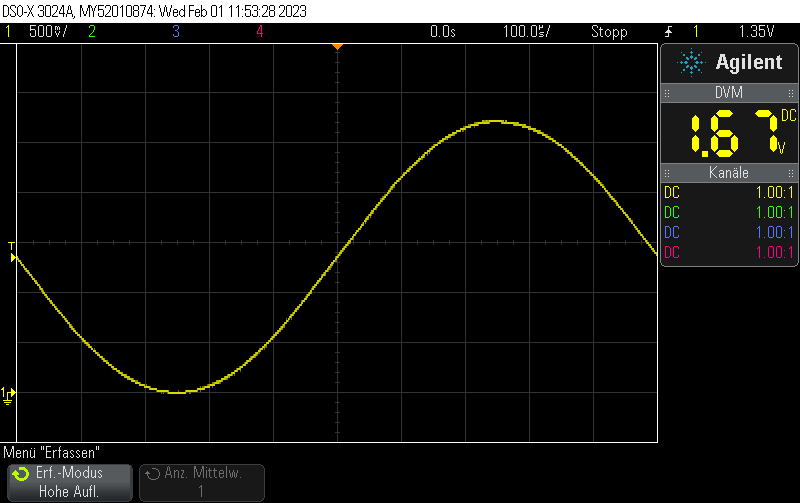Problem:
While trying to use TLS such as MQTTS or HTTPS on the ESP32, you see an error message like
E (333183) MQTT_CLIENT: mqtt_message_receive: transport_read() error: errno=119 [328153][E][MyMQTT.cpp:80] log_error_if_nonzero(): [MQTT] Last error reported from esp-tls: 0x8008 E (333191) MQTT_CLIENT: mqtt_process_receive: mqtt_message_receive() returned -1
Solution:
0x8008 means ESP_ERR_ESP_TLS_TCP_CLOSED_FIN. In other words, a TCP connection had been established successfully but unexpectedly, the connection has been closed by the server.
This is often caused by the server software crashing, or restarting in some way. When a server process is terminated, the operating system will cleanup after it and close all connections.
In order to debug the issue, start by checking the log of your server message and/or system log to check for unintended crashes. If that doesn’t help, it’s sometimes helpful to packet capture the communication between the ESP32 and the server. You can also write a software script doing the same communication with the server as the ESP32. This will often allow you to try out changes much more easily than on the microcontroller and observe what’s happening using a debugger.

